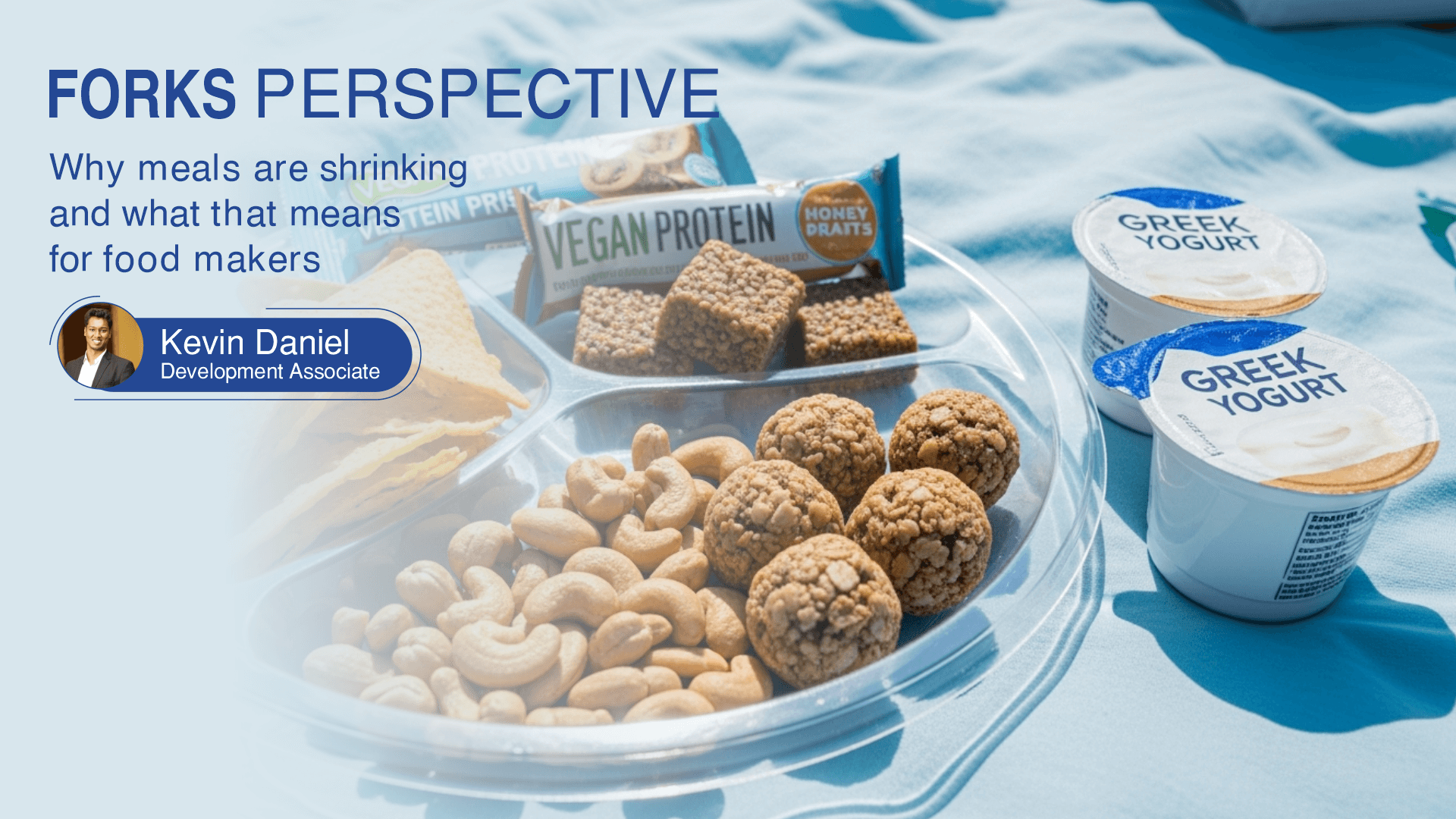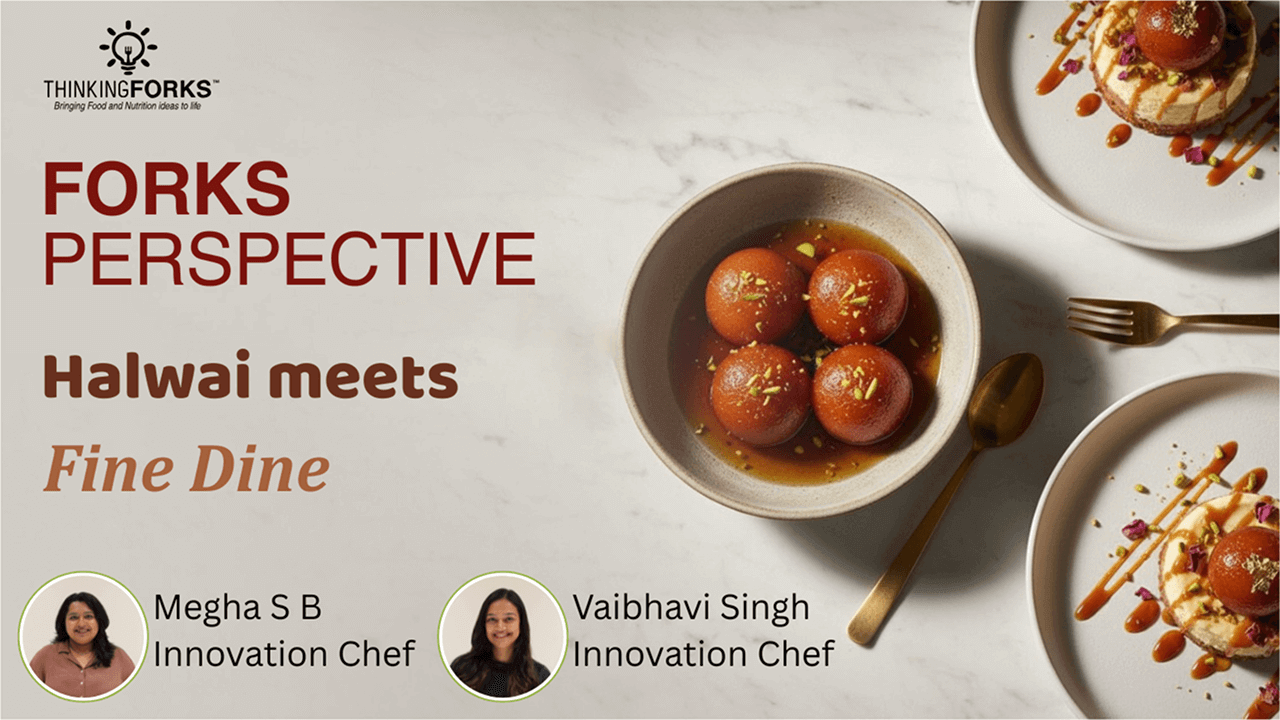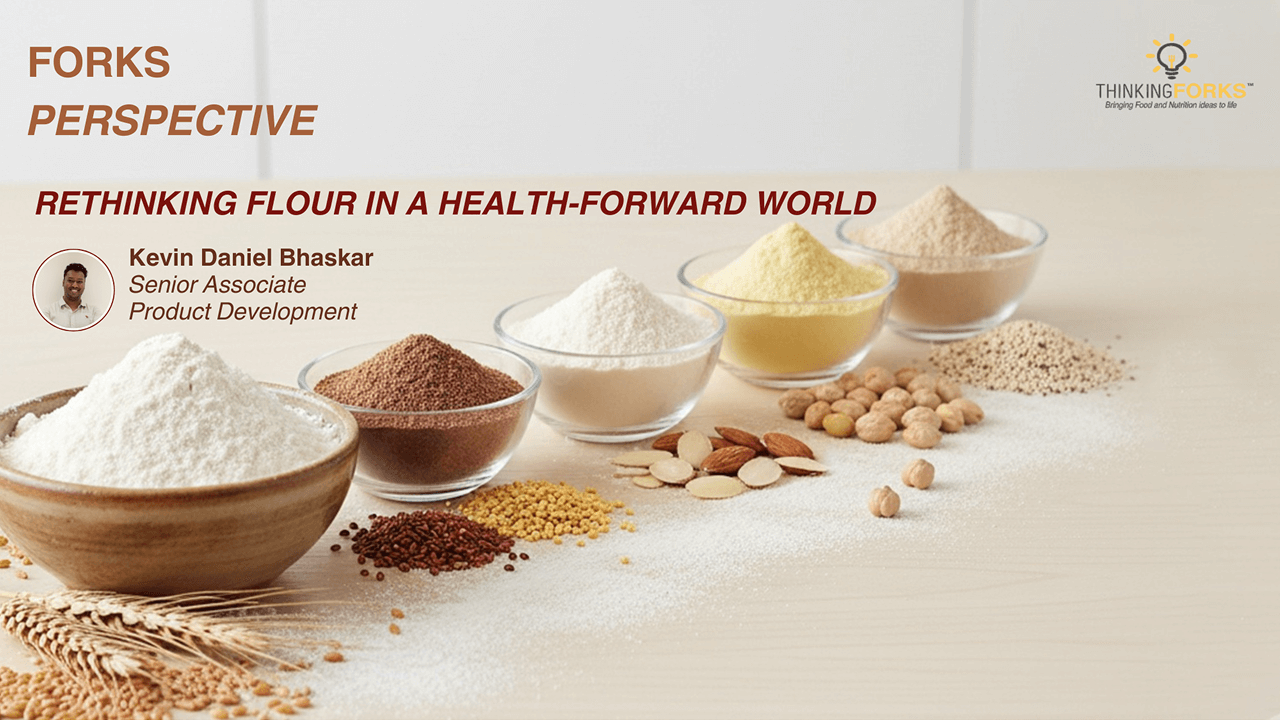There’s a simple behavior I’ve been seeing in kitchens, office pantries and on my commute both here at home, as well as during my time overseas: people are eating in smaller, more frequent bursts. Breakfast is a smoothie, lunch is a tub of salad or a bar, evening “dinner” slides into shared bites and chips. This is beyong a lifestyle quirk and depicts a structural shift in how consumers think about nourishment. As a food technologist, I read these signals through various market scans and even a simple supermarket aisle walkthrough. The snacks that win are the ones that combine good taste, convenience and satiation.
Snackification is driven by a handful of interlocking trends rather than a single cause. Time scarcity and hectic schedules make full meals harder to commit to; urban households and multi-work households default to portable, ready-to-eat options. At the same time, consumers are more calorie and nutrient aware, which means that they want a snack that does more than taste good. Digital discovery accelerates experimentation, particularly among younger cohorts, while evolving taste palettes demand new flavours and textures. Taken together, these forces compress the meal into a string of “mini-meals” across the day.
If India is any indication, this shift is only accelerating. The How India Eats 2024 report shows that 6 in 10 urban Indians now snack at least twice a day, with 40% admitting they often replace a main meal with a snack. Younger cohorts (18–30 years) are leading the charge, driven by digital discovery and fitness-led choices, while even older consumers are steadily shifting where nearly one in three above 45 years say they now keep “mini-meals” handy through their day. Importantly, health and taste sit side by side: over 70% of respondents said they want snacks that are both indulgent and functional. This validates what we already see in Indian food landscape.
Across ages and incomes the request is consistent: tasty, quick and meaningful. For Gen Z, novelty and shareability matter, while for busy professionals, portability and predictable satiety. For families, affordability and kid-friendly formats are big in household and for older adults, digestive comfort and health benefits take the cake (so to speak). Technically, that means product development teams must address three issues at once: sensory appeal (aroma, taste, flavour and mouthfeel), functional performance (eg. protein, fibre, probiotics, low glycemic index,etc.), and format engineering (single-serve, resealable, microwavable or cold-chain friendly). If one of these is missing, a product trial on the consumer end rarely converts into repeat purchases.
From the lab to the shelf, three practical levers have repeatedly succeed: Portion engineering where product teams calibrate serving sizes and portion-controlled packs to reduce waste and support on-the-go eating. Second, nutrient density without compromise by using, say, blends of millets, pulses, whey isolates, prebiotic fibres and other ingredients tauted for their nutritional benefits while giving satiety while preserving texture and flavour. Finally, format innovation including concepts like bite-sized clusters, ready-to-heat mini-meals, and drinkable yogurts meet different consumption moments. Interestingly, here’s where packaging must also play a major role in preserving freshness while being intuitive to use. These levers are not new individually, but the commercial winners combine them cleanly and at an accessible price point.
Snackification broadens the competitive set but also anything convenient can be a snack competitor like cereals, breakfast mixes, frozen parathas, even ready-to-drink soups. For F&B companies, that creates opportunity and risk. Opportunity comes from category adjacency: convert an existing meal product into a snack format and you unlock new occasions. Risk comes from crowded shelf space and price sensitivity; consumers say they want healthier options but will switch if perceived value isn’t justified. From strong supply-chain control for fresh/functional ingredients, smart packaging partners, and direct-to-consumer channels for experimentation, there are ways to mitigate such risks for F&B players and startups alike. Brands that nail repeat purchase economics either through succesful models like subscriptions or multipack strategies scale faster.
If I were working on a snackification occasion product, I’d focus on a “moment-first” approach wherein I’d identify the occasion (mid-morning energy, post-work recovery, kid’s after-school hunger, sugarfree sweet cravings), then design the product around that single need. The starting points would include addition of any number of credible functional claims (protein, fiber, probiotic), and validatation through trained sensory panelists before committing to full retail. This keeps the development true to story and consumer led.
Snackification is remapping how people allocate calories, meal budgeting and attention across the day. For innovators, the task is to make snacks that are a thoughtful answer to a specific daily moment which deliver on taste, portability and clear communication on benefits. Do that, and you’re not just selling a snack but you become part of someone’s day.




